Linking Time
and Space
Culture Station Seoul 284 Transforms a Historic
Transit Center into a Cultural and Artistic Intersection
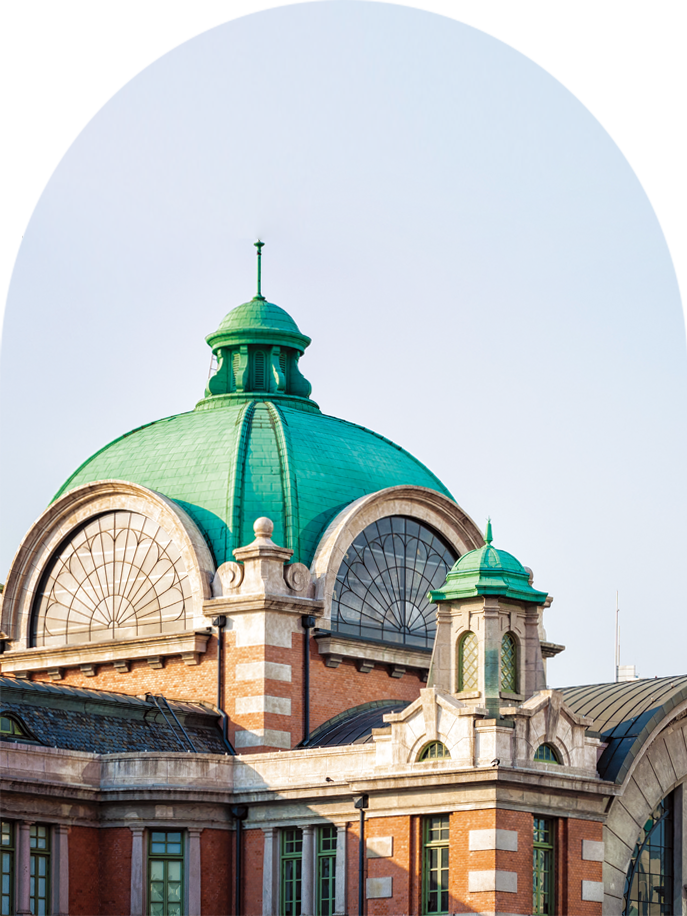
WRITTEN BY
Kim Song-lim,
project manager of Korea Craft&Design Foundation
Photos courtesy of
Culture Station Seoul 284
The former Seoul Station, once the gateway to Seoul, has been reborn as a cultural venue where architecture, culture and art converge. Let’s explore Culture Station Seoul 284 as it embarks on its second century.
Birth of Culture Station
Seoul 284
Culture Station Seoul 284 is a sophisticated cultural venue that has transformed the former Seoul Station building, which was a functioning train station for almost 100 years. A new station that could handle the KTX high speed train opened in 2004 and the old Seoul Station was reborn as a space to enjoy the arts.
Every room in the old station was restored over two years between 2009 and 2011, bearing in mind the value and historical significance of the internal space based on data from the period of construction. The venue was reorganized to host cultural events such as exhibitions, performances, education programs, events and conferences. Each room has two names: one from the colonial era and one from the post-Liberation era.
Culture Station Seoul 284, as the former Seoul Station is now called, won the grand prize in a naming contest sponsored by the Ministry of Culture, Sports and Tourism. The brand name merges the urban symbolism of “Seoul” and the building’s registration number as a historic site, 284. The name is taking on meaning as Seoul Station becomes a new axis of urban expansion through the renovation of a space that maximizes its historical potential. Modern cultural properties that have been transformed into cultural venues are rejuvenating the urban landscape around the Seoul Station area.

Culture Station Seoul 284 hosts Typojanchi,
an international typography biennale held since 2001.
The 2021 event featured a wide range of work,
including Lee Miju’s ‘Buddha’s Palm’ and Helmo’s ‘LIVING/LOVING.’
© Lee Yumi & Helmo
Railroads and
the Birth of Seoul
Seoul Station began as nearby Namdaemun Seoul Station in 1900, but the present structure was completed on Sep. 30, 1925. Namdaemun Seoul Station was a small wooden structure, but Gyeongseong Station-as Seoul Station was originally known-was a large-scale building mostly in Renaissance, Byzantine and Neoclassical styles. Compared to other stations built in the early 20th century, this one adopts a particularly large and sophisticated construction method, indicating its importance and role.
Nammanju Railway Co., Ltd. was in charge of building Seoul Station and Japan intended to integrate the Korean Peninsula and Manchuria with a single transportation system for economic exploitation and colonial market development. All of the main railway lines on the Korean Peninsula are connected to Seoul, illustrating that modernization centered on the capital has been ongoing since the early 20th century.
Railways and train stations, which also functioned as a means of imperialist invasion, also embodied the Korean people’s aspirations and sacrifices for independence as a modern country. Seoul Station, became the first open space where people could experience the joy of liberty.
After a short period of peace, Seoul Station, which had been damaged during the Korean War in 1950, went through another tumultuous moment in Korean history. And with postwar recovery, it began to settle into the life of the nation. Seoul’s urban development and land traffic network was established with Seoul Station as a hub during the economic development period and Seoul Station pioneered industrialization at the forefront of land development. The plaza in front of the station also acted as the starting point of modern plaza culture, witnessing close up the democratic movement and other major national events. Seoul Station is both a witness to and documentary evidence of Korea’s modern and contemporary history.
From Railway Platform
to Arts Platform
The train station is a piece of public urban infrastructure that served as a hub for mobility while also being strongly linked to nearby businesses and industries. Trains, first introduced to Korea around the turn of the 20th century, departed exactly on time, giving Koreans a more precise concept of time. In the line to buy train tickets, social status no longer mattered. The train station, as the epicenter of modern society, was a site where you could directly experience social transformation.
“The Grill” on the 2nd floor of the former Seoul Station was one of Korea’s first Western restaurants. It was remarkable in that it was for the general public, unlike old hotel restaurants that were usually for foreigners. It is significant in that it was operated by the state until the 1980s and maintained its original form in the same location. After the former Seoul Station shut down, it continued at the new station under the same name but closed on Nov. 30, 2021.
Officials from the Japanese Government-General of Korea, as well as so-called “modern boys” and “modern girls” were The Grill’s main customers during the Japanese colonial era. After independence, high-ranking officials and famous actors were the main customers. Until the 1980s, it was Seoul’s most opulent and sophisticated culinary hot spot.
The Grill’s old location is now an exhibition hall, but one that makes use of its historic identity. For example, the “Winter Coffee Club” exhibit in 2018 included an actual cafe, introducing visitors to Korean modern culture through the medium of coffee.
The Railroad Transportation Office (RTO) was a military facility set up by the U.S. military during the Korean War to transport soldiers and supplies to U.S. forces and allied units. It is currently a venue for arts performances and conferences. The RTO 365 program was launched in 2021, combining objects and heritage from each region in Korea, including traditional crafts, natural scenery, dialects, songs and music.
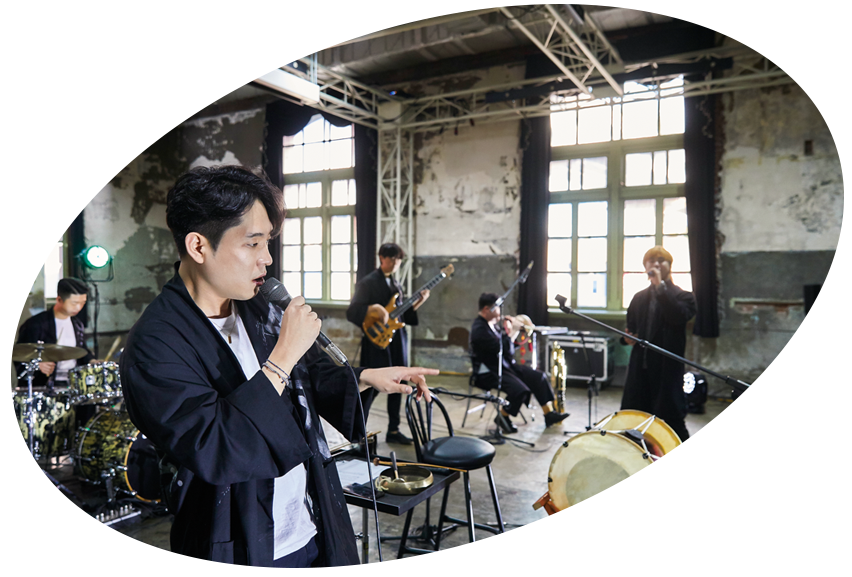
‘Let’s Search for Treasure Island’ performance at the multifunctional performance hall RTO 365. © KYONGJI
Reinventing Culture
in the Everyday
Seoul Station is a typical of architecture that has developed an organic relationship with the public. Culture Station Seoul 284 is creating a culture and art network by reinterpreting history, culture and space based on the identity of the former train station. It has been reinvented as a “cultural leisure space in the ordinary,” promoting art in everyday life by facilitating the participation and interaction of artists and visitors from Seoul and abroad.
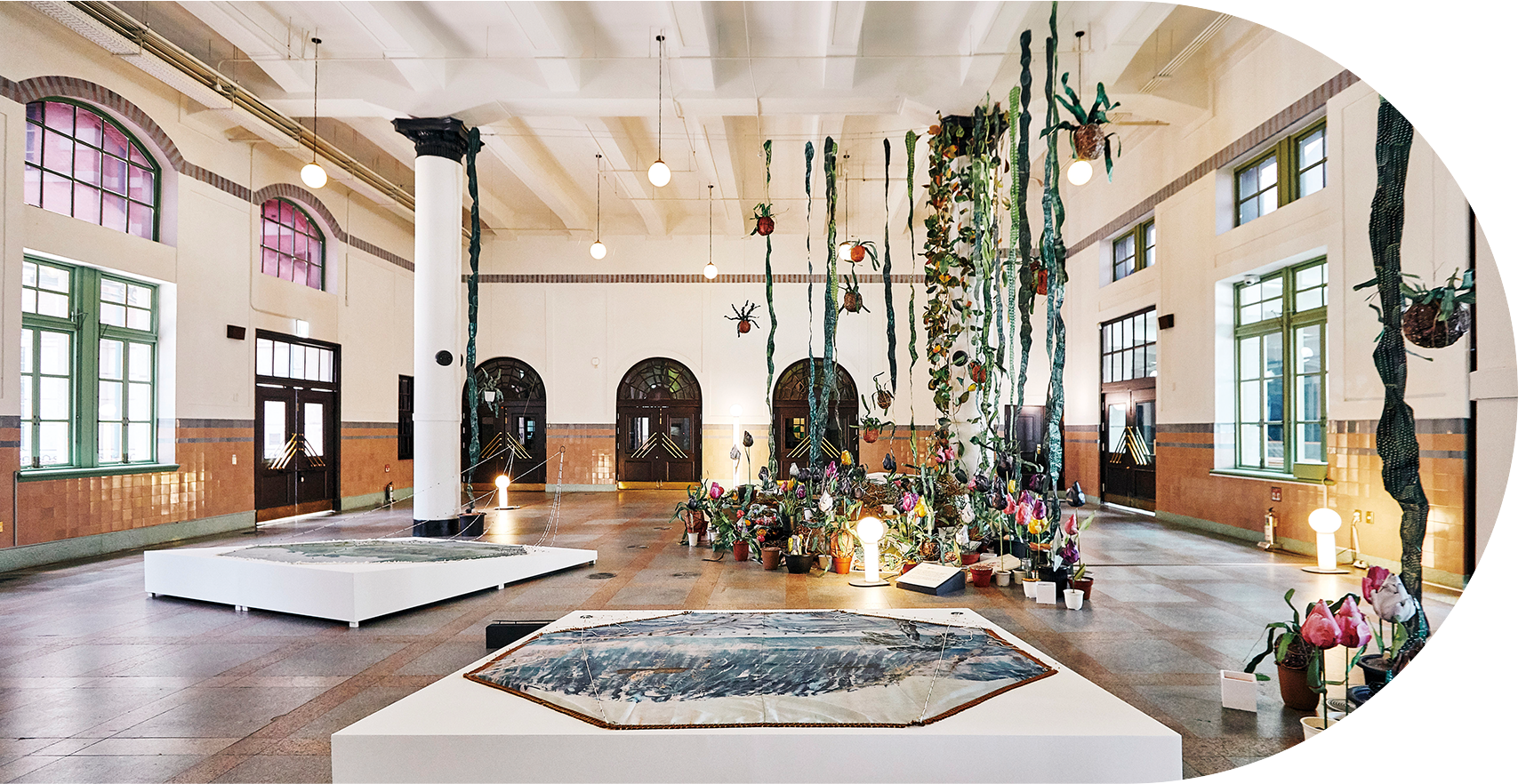
The ‘New Discovery of Travel’ exhibit in 2020 included artist
Kim Suyeon’s ‘Plant Series’ and Min Sunghong’s ‘Exercise for Flexibility.’
© Kim Suyeon & Min Sunghong
Other Articles
-
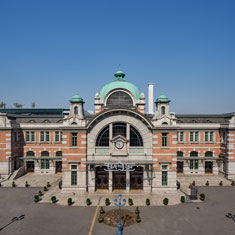
Special Ⅰ Linking Time and Space
-
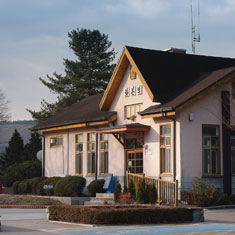
Special Ⅱ Day Trip to a Flag Station
-

Trend Tasty Stations
-
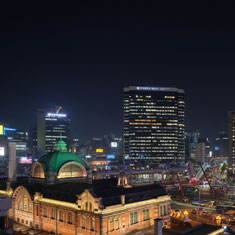
Hidden View Electric Night
-
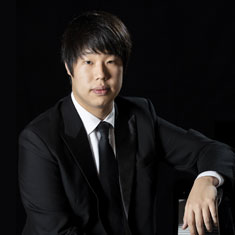
Interview Pianist Jae Hong Park
-
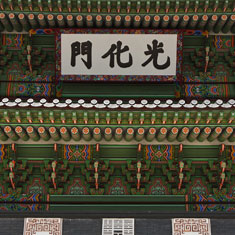
Art of Detail Brilliant Boards
-

Film & TV Hellbound
-
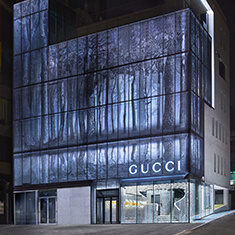
Collaboration Gucci Gaok
-

Current Korea Korea Reinvigorates Bilateral Ties
-
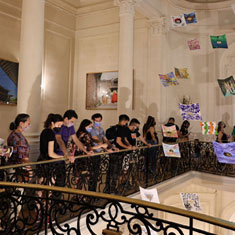
Global Korea Museum Night:Korean Cultural Center Opens at Night
